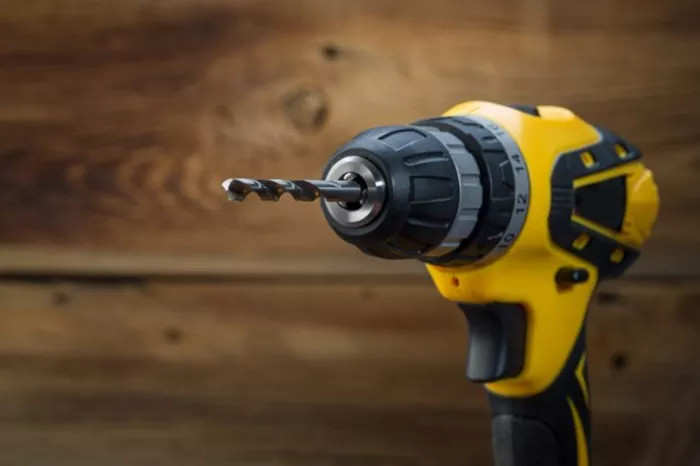Traveling with power tools can be a bit tricky if you’re heading to a job site or planning a DIY project during your trip. Whether you’re a contractor, mechanic, or handyman, knowing the rules before you pack can save you time, stress, and possibly some expensive tools. This guide breaks it all down in simple terms—what you can and can’t bring, how to pack it, and what to expect from airport security.
General Rules for Power Tools
If you’re wondering whether you can bring your power drill, circular saw, or other tools with you on a plane, the answer depends on how you plan to carry them.
Carry-On Baggage
Power tools are not allowed in carry-on bags. This rule is enforced by the Transportation Security Administration (TSA) in the U.S. and similar authorities worldwide. These tools are considered potential security risks because they can be used as weapons or cause harm in the cabin.
Some common examples of tools that are banned from carry-ons include:
- Power drills
- Nail guns
- Saws (corded or cordless)
- Impact wrenches
Even smaller tools like screwdrivers longer than 7 inches or utility knives are also not allowed.
Checked Baggage
Power tools are allowed in checked baggage. However, they must be properly packed to ensure safety during transit. We’ll cover more on packing later.
Why Are Power Tools Restricted in Carry-On Bags?
There are several reasons for these restrictions:
Security Threats: Sharp edges, rotating blades, and heavy components can pose a threat to passengers and crew if used improperly.
Cabin Safety: Power tools can cause injuries or disrupt cabin operations if activated mid-flight.
Intimidating Appearance: Some tools resemble weapons and can create panic among passengers.
Battery Regulations
Modern power tools often come with lithium-ion batteries, which require special handling due to their potential fire risk.
Installed Lithium-Ion Batteries
Tools with built-in or installed lithium-ion batteries can be packed in checked baggage. But there are precautions:
- Turn off the tool.
- Make sure it can’t accidentally turn on during transit.
- Cover terminals to avoid short circuits.
Spare or Uninstalled Lithium-Ion Batteries
Spare batteries, or those not installed in a tool, must be carried in your carry-on luggage. This is because airline crew are trained to respond to lithium battery fires in the cabin but not in the cargo hold.
Guidelines:
- Carry batteries in their original packaging or a protective case.
- Limit the number of spares (generally up to 2 batteries over 100Wh per person).
- Check airline-specific watt-hour limits.
Hazardous Materials
Gas-Powered Tools
Tools that run on gasoline, diesel, or other flammable fuels are not allowed on planes, in either carry-on or checked baggage. This includes:
- Chainsaws
- Portable generators
- Gasoline-powered drills
Tools with Fuel Residue
Even if the fuel has been drained, any residual fumes or fuel can still pose a hazard. To be safe:
- Thoroughly clean the tool.
- Remove any fuel tanks or canisters.
- Check with your airline to confirm acceptance.
Size and Weight Restrictions
Each airline has its own rules about size and weight for checked baggage. Here’s what to watch for:
Most airlines allow bags up to 62 linear inches (length + width + height).
Weight limits typically range from 50 to 70 lbs per bag.
Exceeding these limits may lead to oversize or overweight fees.
Tips for Packing Tools Securely
Use a hard-sided case with foam or padding to protect your tools.
Secure all moving parts and wrap sharp edges.
Disassemble bulky tools if possible to reduce size.
Use zip ties or lock cases for added security.
Airline-Specific Policies
Always check with your airline before traveling. Policies can vary, and some airlines may:
Restrict certain tool types.
Charge extra for oversize toolboxes.
Require advance notification for battery-powered items.
Look for this information in the airline’s baggage policy section on their website, or contact customer service directly.
Packing Tips
Here’s how to make sure your tools arrive safely and you breeze through airport security:
Label Your Bags: Mark your tool cases as “Tools – Fragile” for better handling.
Use Tool Rolls or Organizers: Prevent items from shifting during transit.
Separate Batteries: Always follow the battery guidelines above.
Bring Documentation: If you’re traveling for work, having an invoice or company letter may help if security asks questions.
Know the Rules Abroad: If traveling internationally, research both your departure and destination country’s regulations.
Conclusion
Yes, you can bring power tools on a plane, but only in checked baggage—and there are important rules to follow. The biggest risks involve security concerns and battery safety, especially when dealing with lithium-ion batteries. Always pack tools securely and label them well. Avoid surprises by checking your airline’s policies and using TSA resources.
With a little preparation, you’ll be ready to travel with your tools and get the job done—wherever your destination may be.
Related topics:
- How Much Is a Stihl Battery Powered Chainsaw
- Can I Rent a Drill from Lowe’s?
- Does a Circular Saw Cut Straight?

